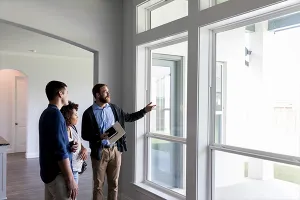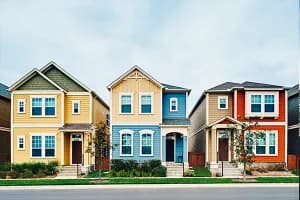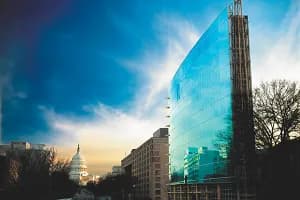So your client wants to buy an energy-efficient home. Or, perhaps, you have a client who wants to sell their home after having remodeled it just two years ago with energy efficiency in mind and featuring a solid “thermal envelope.”
How much more do homes with high-performance features sell for on the market compared to other homes? How much more is the home worth?
Unless the construction is new — and not even always then — getting a comparative market analysis between the sales of green homes isn’t easy because Multiple Listing Services (MLSs) don’t have searchable high-performance or “green” fields.
“If an MLS does not have a searchable field, appraisers are often comparing apples and oranges,” said Punta Gorda, Fla., property appraiser Sandra Adomatis, SRA, LEED Green Associate and co-owner of the Adomatis Appraisal Service. “They are comparing an energy-efficient home to a non-energy-efficient home or a green home to a non-green home.”
That could all change due to initiatives being pursued by the NATIONAL ASSOCIATION OF REALTORS® Green REsource Council, among others. In April, the Council published the Green MLS Implementation Guide which serves as an easy-to-follow blueprint to help implement searchable fields for high-performance, energy-efficient homes. The Green MLS Implementation Guide can be used by MLS staff or their software system vendors.
Elmhurst, Ill.,-based broker, REALTOR® and consultant Laura Reedy Stukel worked closely with the Green REsource Council to develop the guide, which is compliant with the Real Estate Transaction Standard and version 1.2 of the RETS Data Dictionary. Updated twice annually so it can remain dynamic, the Data Dictionary “standardizes” real estate data so real estate licensees and other professionals can have consistent information that can be syndicated nationwide, if the MLSs allow.
Of the 500 or so fields in the Data Dictionary, one tenth of them could apply to a high-performance home. The Green MLS Implementation Guide focuses on that subset of 50 fields, Stukel said, and provides MLS staff and/or their software system vendors a road map on how to implement green fields within their MLS.
There are no mandatory or required green fields. MLSs will choose to implement whichever fields they want, depending on the trends they see in their areas. As an example, while solar options may not saturate the Chicago market where Stukel is based, they may be prevalent and in high demand in Phoenix, Ariz.
“Every MLS will have a threshold where they say, ‘We have enough homes now and we’ll turn these fields on. We are going to look in the Dictionary and when we turn it on, we will do it the Dictionary way,” said Stukel, who is an NAR® GREEN Designee.
There are fields for water conservation — with options from low-flow toilets to water-smart landscaping — as well as location, with features for Walk Score to proximity to public transit.
There are MLSs that were early green adopters and have green features. Indeed, Stukel said that research shows that three quarters of the MLSs in the 100 most populated cities have green MLS features. That translates to about 40 percent of the population.
However, the language of “green” hasn’t been uniform until the publication of the Data Dictionary. Additionally, some of the early efforts to green the MLS included only fields for new construction.
Stukel said the new Green MLS Implementation Guide will help MLSs be more uniform in the implementation of green fields, and additionally, will work well for existing homes that have been remodeled, revamped and updated. Nearly 100,000 residential upgrades made in hundreds of communities across the United States between October 2010 and September 2013 fell under the Department of Energy’s Better Buildings Neighborhood Program.
Stukel, who also is a certified EcoBroker as well as a consultant, public speaker and mastermind behind the blog notYETgreen.com, said those homeowners could benefit if the MLS in their community followed the implementation guide.
“We are at the beginning of the wave of seeing existing homes be able to use this,” she said.
Kristen Short, the managing director of NAR’s Green Designation as well as the Center for Specialized REALTOR ® Education, said there has been mounting interest among all the players in the industry to better capture the data. Short says, “it’s not uncommon these days to see presentations on ‘Greening the MLS’ or the ‘Importance of Greening MLS’ at annual industry conferences.”
“It is encouraging to me that Greening the MLS as a subject is on the radar,” she said.
Adomatis in Punta Gorda agrees. In her 25-year appraisal career, seldom have the homebuilders, REALTORS®, and property appraisers worked together. Yet that, she said, is beginning to change.
“In 2013 my schedule got very busy with traveling and speaking to groups that were mixed groups,” she said, noting that the events were attended by homebuilders, REALTORS® and appraisers. “I am seeing more and more requests for that and if we don’t get in the same room and talk, we’ll never be able to change the process. I am seeing success in that.”








